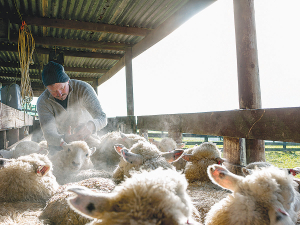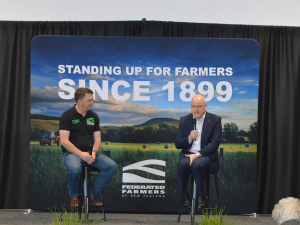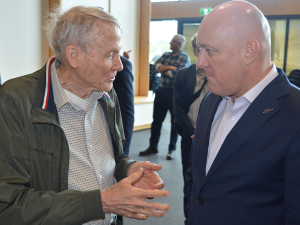Johne's Disease is a chronic, contagious and sometimes fatal infection of cattle, sheep, deer and goats.
Animals are usually infected with the bacteria that causes Johne’s disease shortly after birth. While some livestock may never display symptoms, others develop Johne’s – progressing through to clinical stages of the disease, experiencing diarrhoea and wasting, leading to increasing emaciation and eventually death from dehydration and severe malnutrition.
In 2016, it was estimated that the cost to New Zealand farming of Johne’s Disease at $98 million annually.
Once infected an animal sheds the organism in their faeces, infecting pastures and waterways or passes the infection in utero or via milk to offspring.
Infection with mycobacterium avium subspecies paratuberculosis (MAP) bacteria causes Johne’s disease (also known as paratuberculosis) in ruminant animals. The disease is spread by exposure to the bacteria.
MAP is widespread throughout the environment in New Zealand. The bacteria are robust and can survive for up to 18 months in the environment.
An animal may be infected with MAP (defined as “sub-clinical”) but not display any symptoms of Johne’s disease (“clinical”).
While animals are typically infected at birth, the onset of clinical disease is not immediate. In deer, clinical symptoms are normally seen in yearlings and weaners. For sheep and cattle, animals are normally between 2 and 6 years of age when they become clinical.
Stressful situations can trigger clinical disease in infected animals. Clinical symptoms of Johne’s disease include wasting and chronic diarrhoea, which leads to increasing emaciation and eventually death from dehydration and severe malnutrition.
There is currently no recognised treatment for the disease and diagnosis, particularly in sub-clinical animals, is difficult.
Infected animals shed bacteria in their faeces, contaminating the environment. In later stages of the disease a “super shedder” can release up to 10 million bacteria (CFU) per gram of faeces.
Intra-uterine transmission of MAP has been described from both clinically and sub-clinically affected cattle, sheep and deer.
Vaccination can be used as a control method for the disease. While vaccines reduce shedding and the clinical symptoms, they will not stop the disease. Modern vaccines do not cause the profound injection site reactions experienced with early vaccines and there is now very little restriction on processing vaccinated stock in New Zealand.
Vaccination is recommended for sheep flocks affected by the disease. A vaccine is also available for deer and cattle but is rarely used due to cross reactivity with tuberculosis tests.











